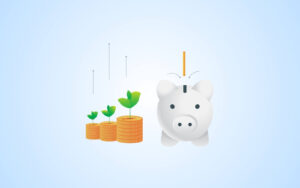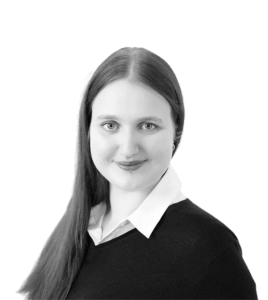by Colm O’Regan, Scientific Communications Ltd.
Earlier this month, Colm O’Regan discussed the first three steps of motivating scientific buyers in this two-part guest blog post series. If you missed it, click here to read the prior post. Here in its next entry, Colm breaks down the last three tips on how to engage with your specific audience.
Last time, we talked about the first 3 steps in motivating scientific buyers through the sales cycle.
First, we talked about using the motivating sequence throughout your copy. This recipe works well for most forms of marketing communications, and gets you to define the problem for your reader and position your solution. Its purpose is to move your prospects through your marketing piece, step-by-step, keeping them engaged all the way.
Next, we focused specifically on writing a great headline. It’s important to include a benefit in the headline that entices your buyer to start reading.
In Step 3 we talked about highlighting the problem. This is the most effective way of opening your marketing piece. Now, let’s talk about the last steps in the recipe for motivating scientific buyers:
[dropcap size=small]Step 4[/dropcap] Position your solution
Your headline is in place, and your leading sentence has captured your buyer. Now is the time to introduce your solution as the best way to solve your prospect’s problem. Specifically, you want to tell your readers what your solution is, how it works, the features and benefits and its advantages when compared to the competition.
The best way to give the features and benefits is to provide a list of bullet points. Scientific buyers respond best to features, so it’s vital that you include all the features in your copy. Don’t leave anything out, but think about creative ways to display them. Like, an expandable infographic or price comparison chart.
A big mistake made when positioning a scientific solution is forgetting about the benefits. State the feature first, and then state the benefit your reader gets because of this feature. Sometimes called the “what… so what” technique, or the “cause and effect” technique, this ensures your reader receives all the info required.
Although the amount of information you provide will depend on the type of marketing piece (email, sales letter, banner ad, or buyer’s guide), make sure you provide as much detail about your solution as possible, as it makes sense for the given format.
[dropcap size=small]Step 5[/dropcap] Prove what you’re saying is true
Scientists and engineers are a skeptical bunch – more skeptical than your average business buyer. It comes with the job. So you need to back up what you’re saying with proof… and lots of it.
There are various ways of doing this through what some copywriters call ‘belief builders’.
These might be testimonials, verifiable facts, hard specifics, case studies, customer quotations, product reviews from third parties, credentials, proven track record, academic papers, and so on. Testimonials from previous customers are probably the best way to show proof. But depending on what content type you’re writing, you can include other forms.
For instance, in a sales letter or email, testimonials can be the best way to go. But in a whitepaper (where you have more room), you could include one or two case studies of how the technology solved a very specific problem for someone else.
[dropcap size=small]Step 6[/dropcap] Ask them to take the next step
A call-to-action (CTA) tells your readers what to do next. You don’t want to go to the trouble of writing a marketing piece, only to have your readers do nothing after they’ve read it. Now, there are bad CTAs and good CTAs, but an effective call to action is made up of three parts, often called the ‘what-how-why formula’. Simply put, the call-to-action formula tells scientific buyers exactly what you want them to do, how they should do it, and why they should do it.
Too many CTAs leave out the last portion of the formula, the “why”. You want to tell your buyers exactly what they’ll get when they take the next step.
Remember, scientific buyers love specifics. So give them specifics. As an example, take a look at the call-to-action below, using the benefit headline we introduced in Step 2:
“Visit www.ABCSolar.com/solution right now for your FREE copy of the white paper:
Increasing Solar Cell Conversion Efficiency using Silicon Thin Film Technology: A Resource Guide for Solar Quality Control Managers
You’ll learn about a remarkably cost-effective solar-cell technology that is saving companies in your industry 10% on their annual energy costs.”
This call-to-action is very specific. It tells readers what action to take, how to take it and what they’ll get when they take that action.
[dropcap size=small]I[/dropcap]n Conclusion
The motivating sequence helps you remember all the crucial recipe ingredients, and you can use it for most of the marketing communications you’ll write. This way, you wont leave anything important out of your content.
Follow the above steps when reaching out to scientific buyers, and you’ll increase the marketing yield of your content and communications.
All the best,
Colm
Colm O’Regan is the owner of Scientific Communications Ltd. He has spent 10 years working in science labs and nanotechnology research. Now a technical copywriter and marketing communications writer, he helps scientific companies write marketing materials that generate qualified leads and motivate scientific buyers.


















